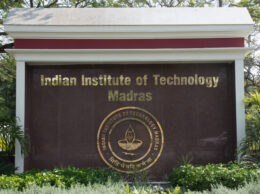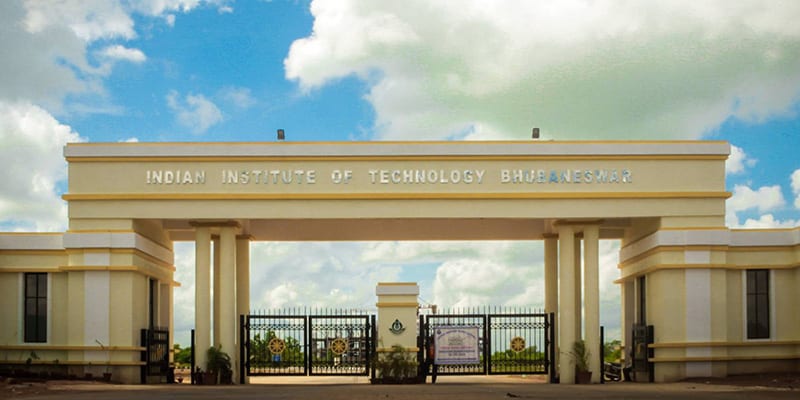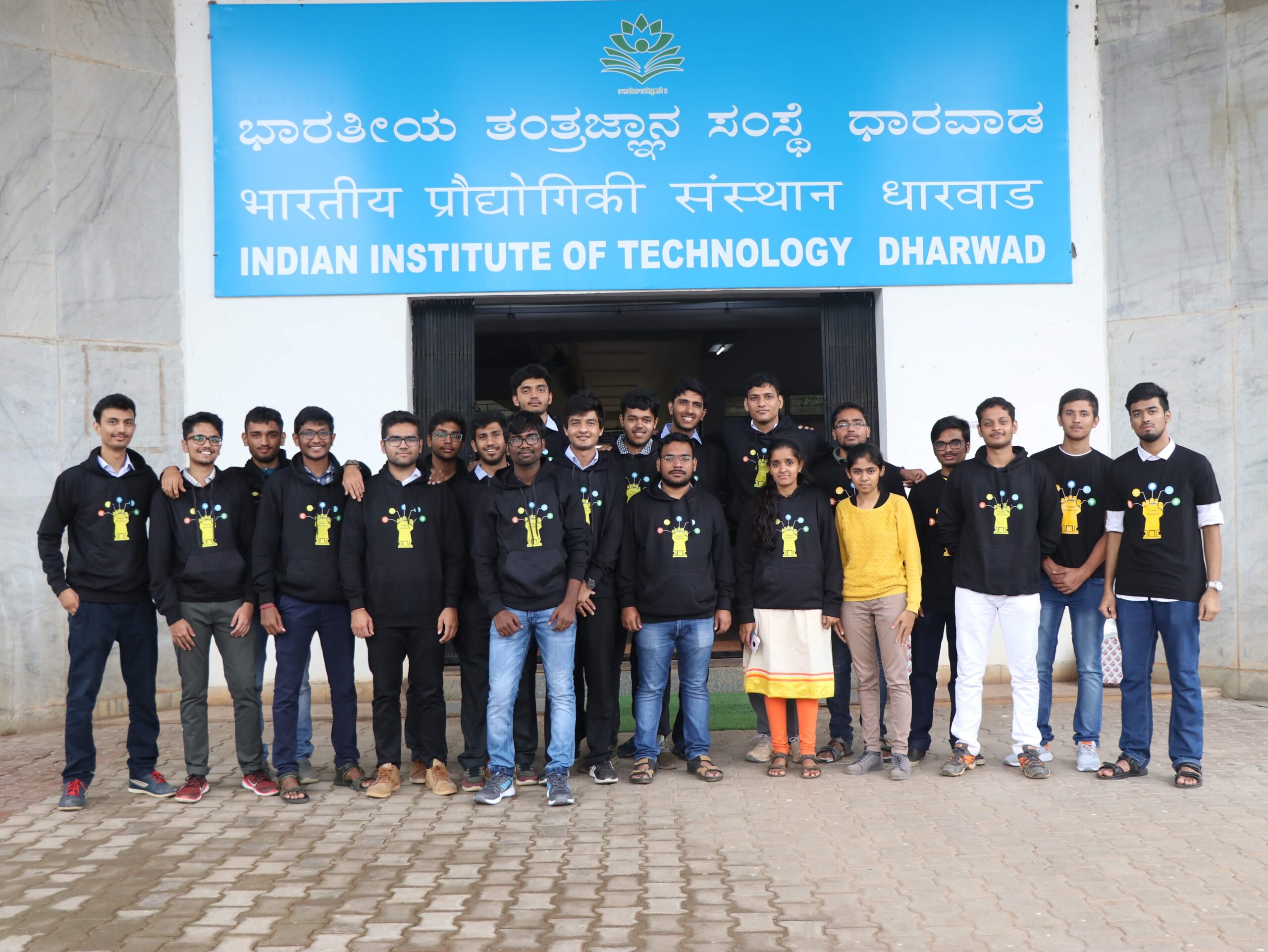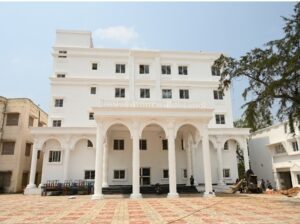GUWAHATI : Researchers from the Indian Institute of Technology Guwahati and RIKEN, Wakoshi Campus, Japan, have developed a simple method to separate chiral enantiomers – chemicals that have the same molecular formula but different three-dimensional arrangement of the constituent molecular segments. The separation of enantiomers is important in the biomedical field because many biochemically active chemicals are found as mixtures of two enantiomers, one of which may be beneficial and the other, toxic.
The group of researchers is led by Prof. A. S. Achalkumar, Department of Chemistry, IIT Guwahati, and Prof. Yasuhiro Ishida from RIKEN, Wakoshi Campus, Japan. Their path-breaking work has recently been published in the prestigious journal, Nature Communications. The paper has been coauthored by Prof. Achalkumar, Prof. Ishida, Dr. Vakayil Praveen, Senior Scientist, CSIR-National Institute for Interdisciplinary Science and Technology and research scholars Dr. Krishnachary Salikolimi, Ms. Kuniyo Yamada, and Dr. Noriko Horimoto.
Prof. Achalkumar explains the importance of this work by reminding us of a tragic event that shook the world in the 1960’s, when, a large number of babies were born with severe deformities because the mother was prescribed a drug called ‘thalidomide’ for morning-sickness. “The problem was a result of the consumption of two enantiomers without separation. One of the isomer was toxic, while the other was the drug”, says the researcher.
The chemical properties of enantiomers are similar, which makes it very difficult to separate them, or to synthesize specifically one without being contaminated from the other enantiomer. “Nature is master in the exclusive production of enantiomerically pure amino acids and sugars, but man is still trying to master the art of enantioselective synthesis”, says the lead researcher from IIT Guwahati. The current method to separate enantiomers is by chromatography, which is slow, energy intensive, and requires environmentally harmful solvents.
The researchers from IIT Guwahati and RIKEN have developed a novel approach to separate enantiomers with the use of helical supramolecular polymers. The helical polymers are formed by the salt formation of aromatic carboxylic acid and chiral amino alcohols. In this simple one-pot process they could resolve racemic mixtures into materials rich in one isomer. The interaction sites in the supramolecular polymer not only helps in the connection of the monomers but also in the recognition of chiral guests. When two salts with the same chirality are mixed, they undergo copolymerization and became soluble, while those with opposite chirality do not form copolymer and hence precipitate. The precipitated compound can be separated easily. The present system can be used for the enantioseparation of the abundant class of chiral amino alcohols, which has huge commercial potential.”
Prof. Ishida adds that although many supramolecular polymers are known, their enantio-separation ability has never been investigated so far. “Development of such process may help in reducing the price of chiral active pharmaceutical ingredients (APIs) and finally that of the medical treatment, itself. In addition such process can be extended to other classes of chiral molecules”, he says.









